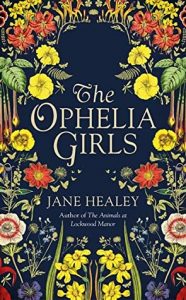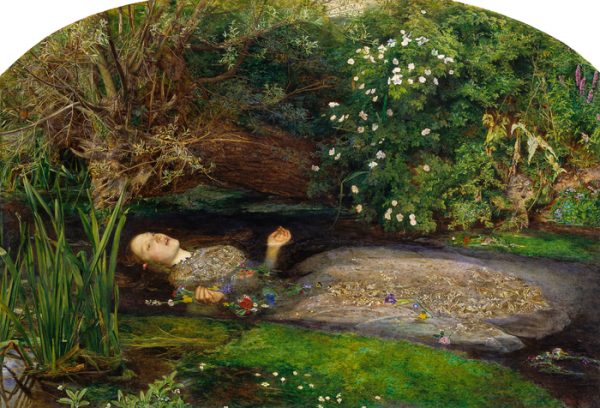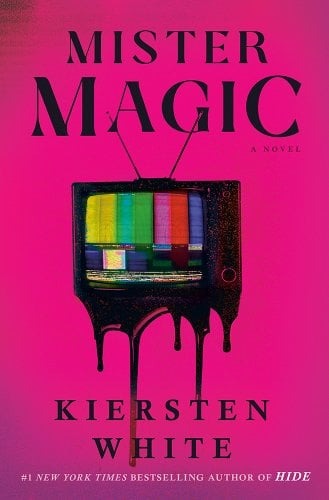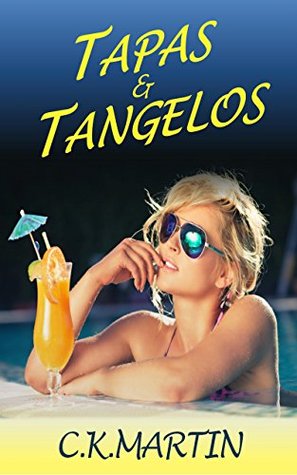Amazon Affiliate Link | Bookshop.org Affiliate Link
From the author of the lesbian novel The Animals of Lockwood Manor (2020) comes a new stunning historical novel about a mother and daughter navigating years-long secrets held at the family estate in the English countryside.
The novel alternates between two timelines. In 1973, Ruth and four of her friends are enamoured by pre-Raphaelite art, particularly John Everett Millais’ Ophelia (1852), which depicts the drowning scene of the character of the same name from Shakespeare’s Hamlet (1603). This shared interest also draws the five women together emotionally, leading to an obsession with each other. Each day of that fateful summer, the girls take turns floating in the lake, pretending to be the drowning Ophelia, staging elaborate and dramatic scenes while the others photograph them. However, as Ruth recollects, soon their playacting turns tragic, and real death finds them at the river.
Decades later, Ruth returns to the countryside with her three children, including her teenage daughter, Maeve. Soon, people from Ruth’s past begin to rise up along with the memories of that summer. Stuart, Ruth’s childhood friend, arrives to stay with the family for the summer, turning his attention to Maeve and dredging up painful memories for Ruth. The past and the present overlap in this dramatic and poignant novel of love between women and fraught family relationships.
I loved this novel and devoured it in only a day! The intense and compelling perspectives of each character kept me reading until the small hours. This novel, with its mystery, drama, and emotion, had me guessing until the very end. The dual timelines with alternating chapters—with the focus on a mother and daughter around the same age in two different sets of circumstances but with similar questions of identity—were very engaging and helped to propel the book and create suspense.
The focus on art and photography and the idea of looking (who’s looking at whom, when, and how) in the context of female/female desire was the perfect device for developing characters and relationships. Also, for fans of nineteenth-century art and literature, this novel has many exciting easter eggs, bringing together the mid-twentieth century, the Victorian period, and the present day all in one.
This novel was an excellent follow up to The Animals of Lockwood Manor and its gorgeous writing and complex relationships. While the lesbian characters/relationship in The Ophelia Girls is much more complicated and repressed, the story is still relatable and powerful in its construction. In the present timeline, however, Maeve’s dangerous encounters with Stuart are sometimes very difficult to read, but they contribute to the unsettled and fraught atmosphere of the book. Ultimately, this novel is about the female characters’ searching for a sense of identity amidst the expectations and limitations in the world that surrounds each woman.
I can’t recommend The Ophelia Girls enough for fans of Healey’s other work and for fans of evocative and intense fiction.
Please visit Jane Healey on Twitter and put The Ophelia Girls on your TBR on Goodreads.
Content Warnings: Trauma, sexual abuse, mental illness, addiction
Rachel Friars is a writer and academic living in Canada, dividing her time between Ontario and New Brunswick. When she’s not writing short fiction, she’s reading every lesbian novel she can find. Rachel holds two degrees in English literature and is currently pursuing a PhD in nineteenth-century lesbian literature and history.
You can find Rachel on Twitter @RachelMFriars or on Goodreads @Rachel Friars.




